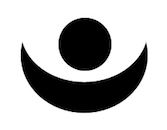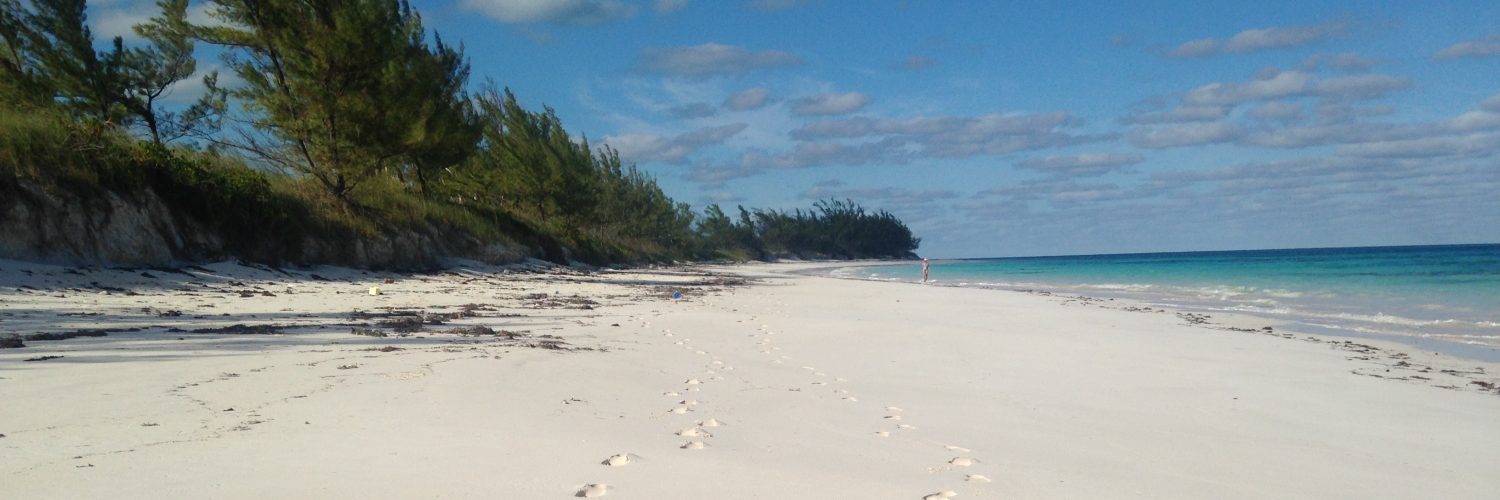So, we’re now two decades further along the path since we navigated the new Millennium. We have created a lot for ourselves to be concerned about in that time, but equally we find ourselves caught up in many things that we have very little influence with. It’s the nature of life that things will happen, as they are meant to, when they are meant to. Our resistance to this simple fact of life often causes us so much turmoil. How about starting this new year with a change of mindset – one that helps you find peace, ease and joy in life? It’s been a long time coming. Find your sense of purpose and allow your life to unfold; you don’t need to force it.
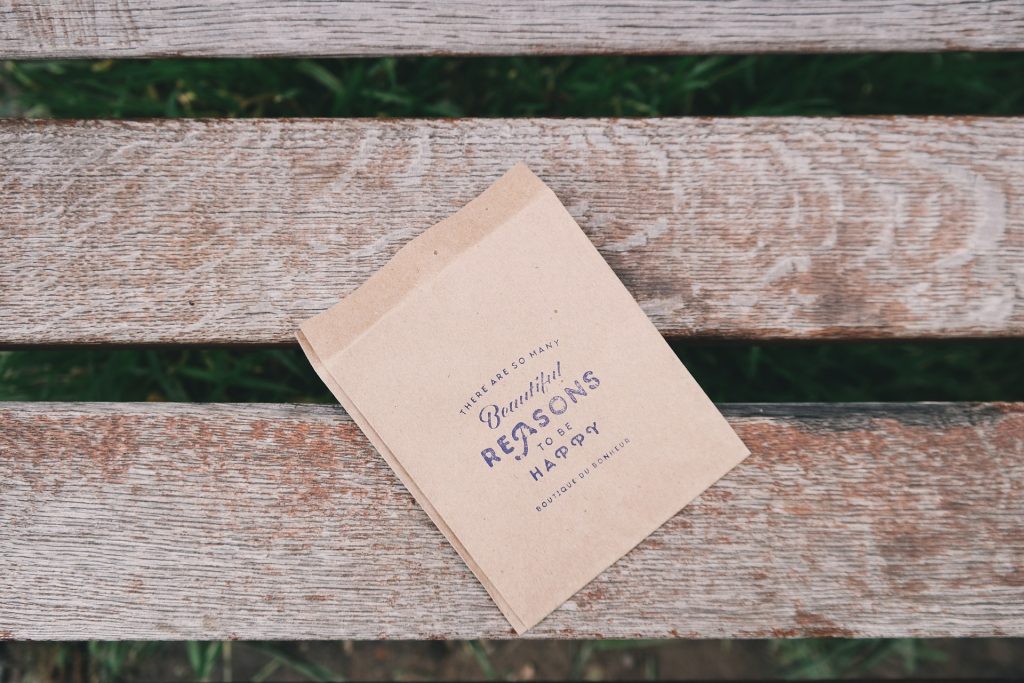
Change your mind
Hands up if you’ve set an intention or resolution in the past that involves changing your body? Diets, detoxes, fitness regimes, gym memberships, quitting smoking, vegetarianism, healthy eating…dry January?? Yes, we’ve all done these things to make ourselves more healthy, give ourselves more confidence and to improve our long-term health. But, how much success and longevity have you had with these attempts?
Meditation can be life changing. It changed my life ten years ago which is why I decided to share what I have learned with as many people as possible. It isn’t a secret; there are thousands of studies on meditation techniques that confirm that we can change our minds, change our behaviours and change our traits over time. If you change your mind, you can change your life.
If you want to be happier, get on with people better, be more patient, carry less tension in your body, see more positivity in the world, be more compassionate…then meditation might be the resolution for you in 2020.
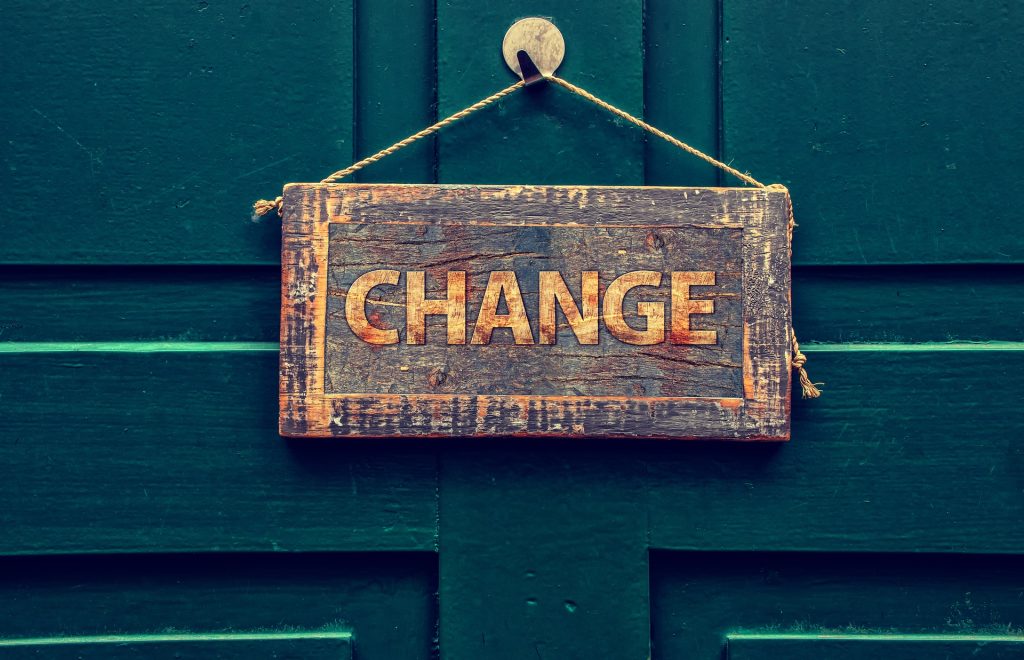
Start with You
Meditation is a practice of training the mind to focus, pay attention and notice. Notice the present moment and what it has to offer. Focus your attention on what’s happening right now rather than ruminating on the past or worrying about the future. Freedom can be found right now.
Changing the way you relate to your thoughts and emotions can be liberating. You can choose to direct your mind to better things and learn to let go of what causes you mental distress. You can lower stress levels, improve relationships, improve physical health (by turning down your body’s reaction to stress) and overall wellbeing. A resolution to try meditation can benefit you and those around you.
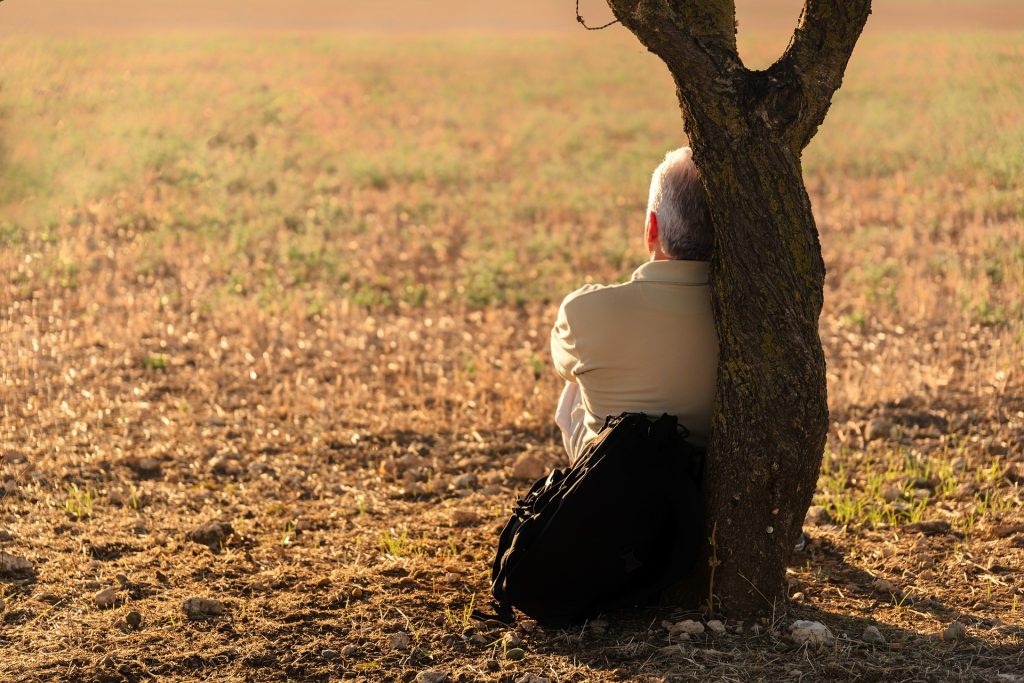
If meditation has been on your ‘to do’ list for some time, why not come along and give it a try in one of our upcoming sessions? There is a lot to choose from at the Well Nest and it’s accessible to all.
**Meditation comes in many different forms such as Mindfulness, vipassana, Zen (Sesshin) meditation, Buddhist meditation, mantra, sound healing, shamanic drumming etc. At the Well Nest our teacher Hannah is deeply experienced and qualified to teach many methods; you can try several different traditions and find what works for you.
Instead of focusing on changing your body in 2020, try changing your mind. You will find things flow more easily, you start to feel lighter and have a greater sense of purpose. Your body will thank you for it too.
Here’s what you can try:
Weekly classes: Drop-in sessions at lunchtime on Tuesdays for 45 minutes. A teaching and guided meditation so you can try something different each week. Classes are at TopLine Studio at 12.30 pm and are £5 each.
Monthly sessions: Drop-in sessions on the third Wednesday of each month. Meditate in the evenings and enjoy relaxation, teachings and guided meditations exploring different themes and traditions each month. Classes are at Ingestre Orangery at 8 pm and are £6 each.
Workshops: Regular longer sessions with a focus on a particular practice or life skill. Coming up we have The Calm (for balancing, relaxation and focus), Learning to Let Go (a mindfulness morning retreat) and A Shamanic Journey (sound meditation)
Courses: Over several weeks you can give yourself the best chance at succeeding with a meditation journey by building a habit. Practices in groups each week followed by home practice and feedback is the best way to make a meaningful change to your life – in mind and body. Practitioner Courses are a great way to build meditation and mindfulness into everyday life.
Yoga: Not just for the body; yoga classes are moving meditations bringing focus, clarity, breathing and awareness into focus. Quieting the mind and relaxing the body. There are several different classes to choose from each week depending on your mobility levels. Men’s Yoga classes are also available.
Free courses and classes: Classes, workshops and courses are available throughout the year (free of charge) run in partnership with other organisations. Contact me to find out when the next free sessions are available.
Namaste.
Shamanism for Modern Life
Modern life is difficult – we all know this! Sometimes it’s hard to find exactly why it appears to be such a struggle – are we doing it wrong? Are other people finding it much more easy to navigate the challenges of modern life than we are?
The answer to both of these questions is largely no. Life is an art not a science – we aren’t doing it wrong and others aren’t having more success at it than we are (although social media and the art of ‘appearing happy’ would have us believe otherwise).
But…we do know that there are a lot of things we could do to help ourselves. Exercise, meditation, relaxation, therapy…all these things can help us sort through the difficulties of life and find more ease. Shamanism can help us find balance and ease with life too.
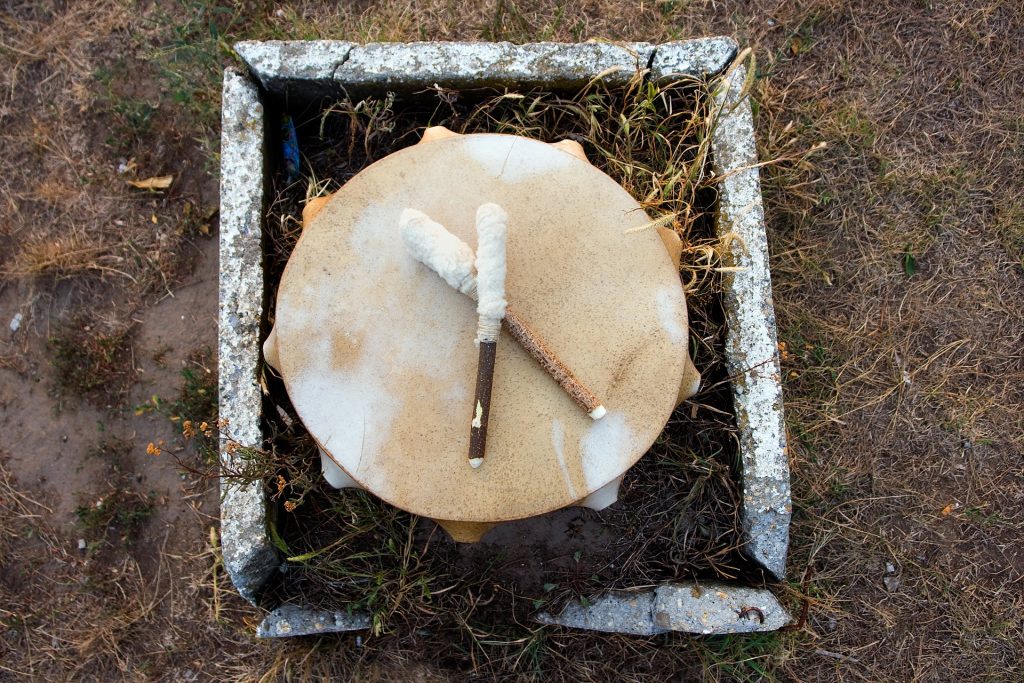
What is Shamanism?
Shamanism is one of the oldest systems of finding balance, harmony and wholeness that humans across the globe have relied upon for healing and wellbeing. Shamanism seeks connection to nature, to all of life, in order to find our balance and wellness.
Humans are animals, but with the development of modern society and cultural progression, we have lost touch with our foundations as creatures of the earth and have become largely separate. Living separate lives, looking after ourselves, losing the sense of community and balance with nature that is so fundamental to wellbeing.
There is a reason why so many wellbeing techniques rely on balance: re-aligning energy flows, using essential oils to correct imbalance, seeking inner stability of mind through finding balance between calmness and productivity. Modern life has thrown us out of balance. We live inside manufactured environments, surrounded by electronic devices, eating processed food and trying to protect our egos. This is not the natural life of an animal. It’s no wonder we desperately need help with our wellbeing.
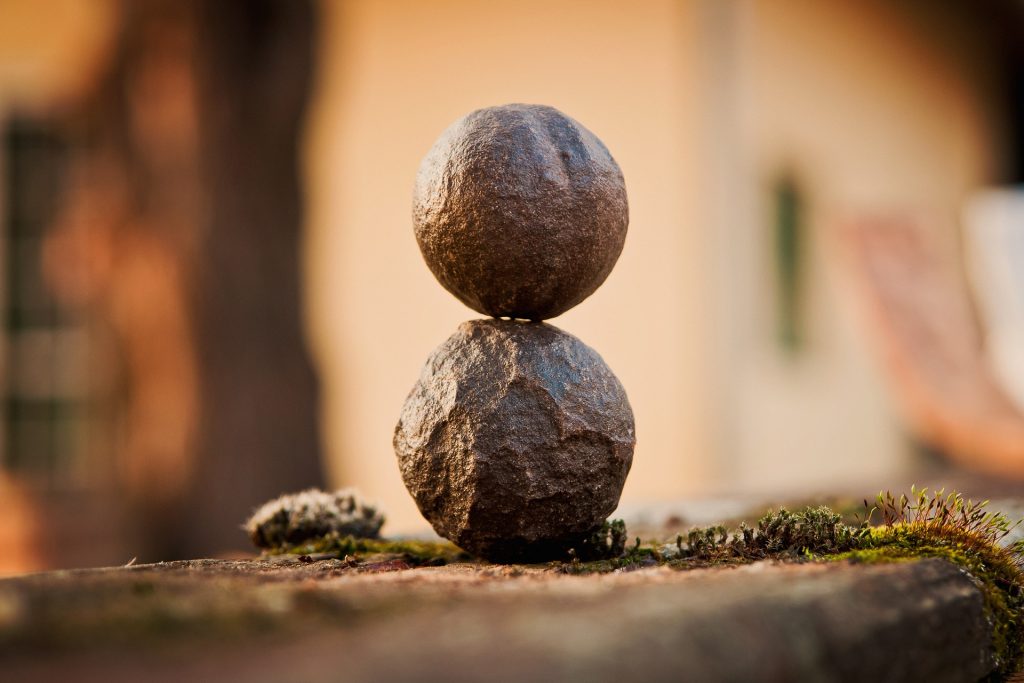
Why is Shamanism Relevant and Useful Now?
Shamanism is concerned with reigniting our nature connection. Re-discovering our place within the landscape of the earth and all of the life-forms within it. This is so relevant in today’s world where we desperately want to find that balance for ourselves, but with equal vigour, want to protect our precious environment so the earth can heal too.
Shamanism teaches us to live respectfully but to view ourselves as a part of something bigger. Part of the collective consciousness that all living beings can connect to. Shamanism is also a form of self-development. Practices give us a chance to live at peace, offering kindness and patience for the benefit of ourselves and others.
The Shamanic Journey and How it Can Help
The Shamanic Journey allows you to quiet the logical, thinking mind and access the subconscious; where our memories of living more harmoniously reside. The ego doesn’t run the show in the subconscious mind. We can access a place where we are able to work with intention and seek guidance on how to find the harmony and wholeness that is often missing from our modern life.
On a Journey, we can speak to other beings that appear to us and receive help on finding a new way to travel through life with more ease. Perhaps we are seeking answers to questions in life, perhaps we are looking for a new direction, or perhaps we are just curious. Nature is a great place to seek guidance; from the ancient wisdom of the earth that we have lost touch with as our society has developed into separateness.
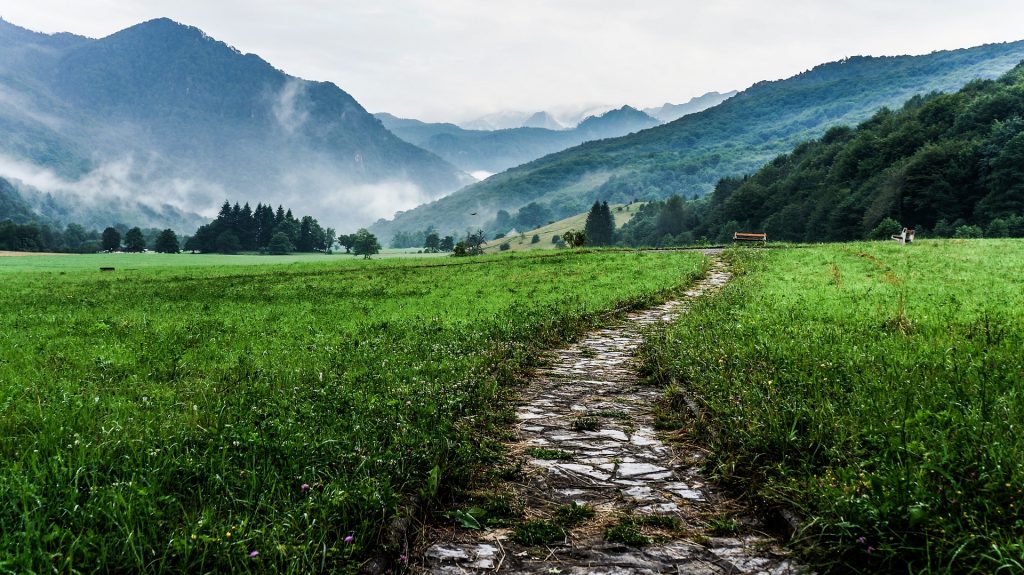
Find out more and take a Journey…
Sometimes, it feels as though life doesn’t quite flow as smoothly as it could, or patterns of behaviour and experience often repeat themselves. The Shamanic Journey offers a way to gain insight into your path, your future plans and how to find balance.
The Journey is a meditation to the beat of the shamanic drum; the sound waves taking the mind to a place of relaxation and vision not usually accessible to the logical, conscious mind. Allow your logical, thinking mind to rest as your brainwaves adjust to the drumbeat and a new realm of the subconscious mind reveals itself to you.
Understand how to live with nature and all beings with more ease; flowing through life rather than resisting it. Appreciate the fullness of life and all that it has to offer when we understand our place in the universe.
Next Shamanic Journey Meditation Workshop is Friday 1st November 6 pm – 8 pm at TopLine Studio.
World Meditation Day 2019
Tuesday 21st May 2019 is World Meditation Day! I wrote recently about the benefits of a Mindfulness or Meditation practice and the difficulties of getting started.
When we are presented with an opportunity like World Meditation Day, there really is no better time to get started on the meditation journey.

Meditation is for everybody
So what can you expect as a beginner? The good news is, absolutely everybody and anybody can meditate. It seems difficult because we hear phrases like ’empty your mind of thoughts’ and immediately we have fear that we won’t be able to do it. Luckily that’s not what meditation and mindfulness are about. If we could empty our minds, we wouldn’t need to meditate! Don’t be put off by popular phrases and preconceptions; come with no expectations and you’ll find your meditation experience all the better for it.
So what will you find at group meditation with the Well Nest? A warm and friendly welcome, a calm atmosphere in relaxing surroundings, full instructions from start to finish, knowledgeable insights and teachings and guidance through your meditation experience. At the Well Nest, we love beginners – because we remember how it feels to attend that very first group meditation session and feel like a fish out of water. But don’t worry, meditation really is for everybody. We will sit in chairs (no special clothing required) and enjoy teachings, progressive relaxation and meditation.
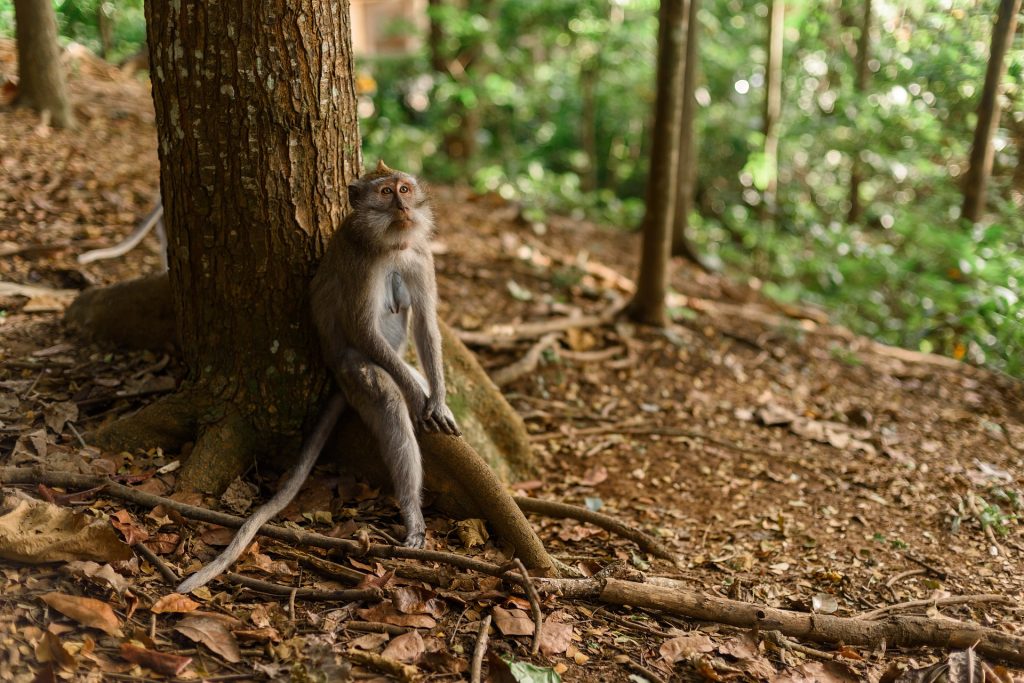
Join us…
Come and join us on World Meditation Day as we hold a Lunchtime Escape in Stafford town centre. At 12.30 pm at TopLine Studio, I will help you find 45 minutes of calm in the middle of your day. This is a great opportunity to try something that could really make a difference to your life and those close to you.
If sitting doesn’t appeal to you, why not try walking meditation. Learn to tune into the body and your surroundings in a whole new way: mindful walking classes are available at The Wolseley Centre. Spend your Saturday mornings wisely and invest in you.
You can read more about my Mindfulness and Meditation journey here. Isn’t it about time you gave meditation a try?
May is National Meditation Month
We hear about Mindfulness and Meditation all the time; on social media, in the news, at the doctors surgery and in the workplace…but where do you start if you haven’t tried it before?
Meditation and Mindfulness are founded on some of the simplest practices that have been relied upon for centuries by cultures that truly understood the real benefits of a meditation practice.
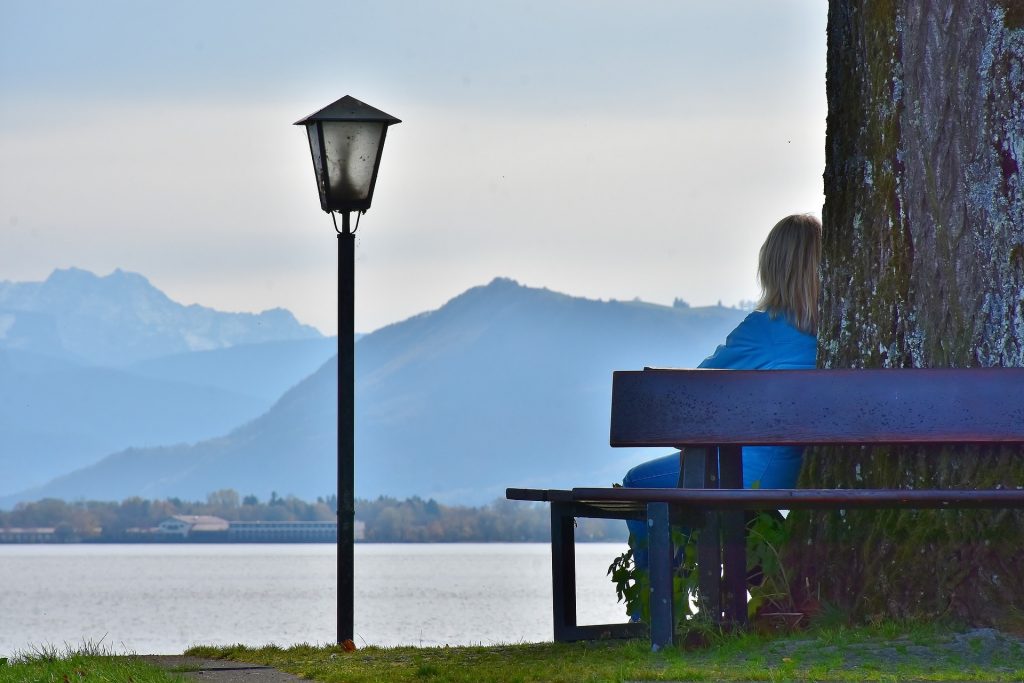
Although some of the practices are very simple, they can be very difficult. It’s understandable that most people read articles and think “I should learn to meditate” or “I know I’d benefit from mindfulness” but many don’t actually take the plunge. Part of that is availability, part of it is knowing where to start (what to try?) and what the experience might be in a class or group meditation.
Why not start with The Well Nest?
At the Well Nest we run Mindfulness & Meditation sessions through the week , evening sessions, courses and workshops in relaxed and welcoming environments. No experience is necessary; just come with an open mind and a willingness to learn a practice that could change your life. At the Well Nest we focus on delivering simple and effective teachings and practical meditations that you can take away and practice in daily life, right from the first session.
You are welcome to start your journey with us this month as we launch new Lunchtime Escapes in Stafford – 45 minutes of Mindfulness and Meditation on Tuesdays and Thursdays at the new TopLine Studio on Stafford Street. An opportunity to try something new that could last life time and make a real difference to your quality of life. Or, why not join us to learn the art of Mindful Walking in the beautiful surrounds of the Wolseley Centre on 25th May.
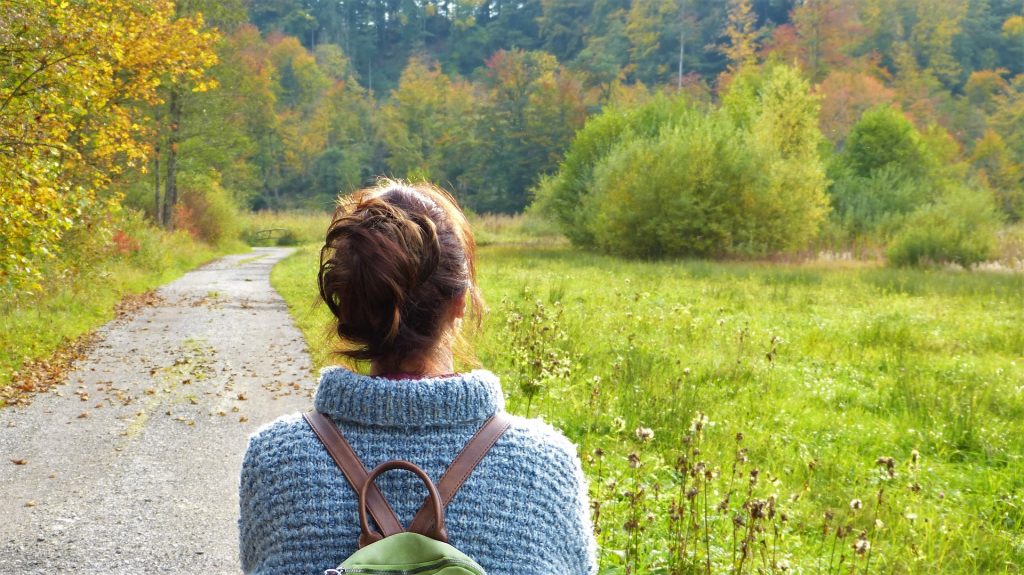
The benefits of a Mindfulness & Meditation practice
The benefits of a regular meditation or Mindfulness practice are well documented: here are just a few…
- lower stress levels
- reduced anxiety
- better sleep quality
- improved mental resilience and overall mood
- better overall wellbeing
- less instances of heart disease
- less instances of respiratory illness
- Improved blood pressure
- Improved relationships….
It’s time to make this May, your meditation month. Join us and learn a practice that could truly benefit your life and free your mind.
Mountain Meditation
Mountains are often admired from afar for the qualities that they appear to have. Some of these qualities we find beneficial and seek in life: stability, longevity, calm, unwavering and balanced. When we spend some time really contemplating the image of a mountain, we see that it is constant and reliable through the seasons; it is a home for plants and animals; it provides shelter and protection; it abides in tranquility through the centuries.
While it’s often the case that we try not to actively ‘think’ in passive meditation, we can use the visualisation of a mountain in active meditation to assist us in contemplating and finding inner peace. If we spend time on the visualisation we can imagine ourselves taking on the qualities of the mountain.
The Mountain Meditation can be used as a regular practice or as an escape from the rigours of daily life as and when required. I use the Mountain Meditation often as a precursor to sitting with mindfulness of breathing; it acts as a relaxation technique and brings focus before working on expanding awareness.

How to do it…
- Sitting in a comfortable position on a cushion or chair, have the back straight but not tense and the hands resting in the lap.
- Bring the gaze down towards the floor and gently close the eyes.
- Spend a few minutes on breathing meditation/mindfulness of breathing
- Picture in your imagination a mountain – it could be a snowy mountain of the Alps or Himalayas, it could be a forested mountain bathed in sunshine
- Try to bring your image of a mountain into clear focus
- Observe its shape, lofty peak, solid based, gentle or sharply sloping sides, its surface (rocky, smooth, dusty, forested, snowy etc)
- Notice it’s enormous size and how solid and unmoving it is from afar and up close
- Try to bring the qualities of the mountain into your own body – your head becomes the lofty peak, sitting in your chair you are rooted at the base. Your arms become the slopes of the mountain. Feel the sense of uplift from the base of your body projecting through the crown of your head.
- The mountain experiences the force of the seasons – sun, rain, snow, gales. Through it all, it sits unchanging, experiencing all that comes its way
- The mountain never resists, complains or judges – it accepts everything, just being itself
- We can imagine embodying the same unwavering stillness and calmness.
- We can experience the fullness of life and its changes through the seconds, hours, years
- We will experience the changing nature of our minds, our body, the outside world. We will have periods of shade and of light. We can maintain the peace of the mountain throughout.
- Sit in stillness for a while.
- Gently open your eyes and mindfully arise from meditation after around 20 minutes.
Silent Retreat – should you try it?
If you’ve seen Eat Pray Love you know one of the benefits of silent retreat is a fabulously smooth and relaxed throat from giving it a rest. But, do the benefits go deeper?
We’ve all heard the stories of monks and nuns spending years in silence to achieve higher spiritual realisations, but unless you live in the mountains of Tibet, this isn’t really an option in our busy modern lives. One way to try the silent treatment is to go on a short retreat led by an experienced teacher who, periodically, can offer guidance on meditation and how to make silence your friend.
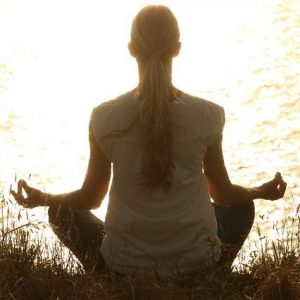
What Silent Retreat Looks Like
When I went on retreat earlier this year, I really had no idea what to expect from the period of silence. It sounds so simple…so simple that I thought it would almost certainly be a waste of time. I was wrong. We started the day on our meditation cushions with some mindfulness of breathing (a simple breathing meditation that usually starts off a period of meditation) and brief guidance from the teacher. We were then instructed that we should try to maintain mindfulness through breathing, sensory experience, body scan and mindful movement for the morning session of approximately 2 hours. There would be a short break, but no talking throughout.
Although I’ve been meditating and practicing mindfulness for over 6 years, this was by far the longest I have spent in meditation. I was daunted, but remembering my mindful practices of non-attachment, I just went for it! I can honestly say that by not having any expectations before the day, it actually helped me to just sit and see what happened. I experienced some mind wandering (obviously) but also achieved the longest period of peace and inner calm than I have ever previously achieved. This was done through listening to the environment – really letting the sounds of ‘now’ into awareness. I don’t mind admitting that I have struggled to have peace of mind for any great length of time over the years, but the benefits of any peace of mind are liberating to say the least. It was interesting to note on silent retreat that even when we were permitted to speak, nobody took up the offer. I also confess that there was a border collie in residence at the retreat and I may have forgotten myself and said hello to him…but I think he kept my secret.
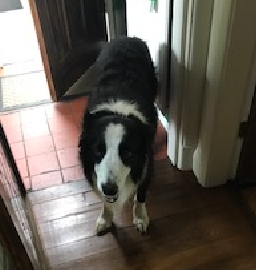
The afternoon continued for another lengthy period of silence; around another 2 hours. Luckily the weather was good enough for mindful walking outside. It was interesting to note that people definitely preferred to stay in their own company drifting off to various corners of the retreat centre and garden, making no eye contact; as though when one kind of social interaction was off limits, all kinds were off limits. It was increasingly difficult to find lengthy periods of peace of mind throughout the day, but when concentrating for such long periods, attention does wander. I tried not to give myself a hard time over this. All participants reported different experiences: some really enjoyed it, others struggled. Spending time alone and in silence is a massive challenge for some personality types. Another reason why it’s so important to let go of judgment and move towards kindness.
What to ‘expect’ from yourself
Silent retreat isn’t easy. It’s a test for experienced meditators and can easily lead to frustration. It’s important to have a solid meditation practice before attempting silent retreat to get the most out of it. There isn’t much time for instruction, no guided meditation and no questioning so you need a full quota of practices to try out through the day/s.
You will find you become tired. It will definitely test your patience. You will have positive and negative thoughts and of course general busy-ness in the mind. That’s all ok! Try to welcome everything and push nothing away. We can place an expectation on ourselves on silent retreat that there will be some kind of breakthrough in our practice. This expectation is something that should be released as soon as possible. Holding onto expectation fuels attachment which definitely gets in the way of awareness. It should be approached the same way as any mindful meditation; without attachment to thought, without agenda and without the need for an outcome. I’d had this retreat booked for about 6 months in advance (people clearly queue up to not talk to each other) so it helped that I had no plans other than to be at the retreat. I had nothing to do but be there – how often does that happen in modern life!?
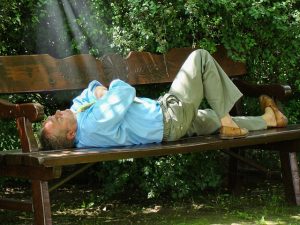
Above all else, remember to be compassionate and kind towards yourself…it’s the key to progress. I think this retreat advanced my practice by giving me a good length of time to practice in isolation. Without the distractions of everyday life and the pressing demands on my time I could really let myself be at ease with meditation. Silent retreat really does feel like a journey (cliché I know) but it’s true! All emotions are experienced. It’s definitely something I’d recommend and it’s certainly something I will be doing again.
Simple breathing meditation
Breathing meditation is the best starting point when you’re new to meditation and also a good place to return to frequently if you’re a more experienced practitioner.
By focusing the attention on the breath, the mind has a single-pointed focus so that distraction is minimized. Once the mind is calmed in this way, we can achieve space and peace in the mind bringing a greater awareness of our selves and our surroundings.
It’s easy to try anywhere and can help reduce stress, tension and anxiety almost immediately.
To try a simple breathing meditation…
Sit in a comfortable position on a cushion on the floor or on a chair. Keeping the back straight but not tense. Allow the eyes to close naturally, allowing a small amount of light in to help stay alert. Place the hands in the lap with the palms facing upward; one hand resting on top of the other.
Start to feel the sensation of the breath entering the nostrils. Cool air enters as we inhale and warm air leaves as we exhale. Focus your attention on the sensations of breathing. In your mind, follow the flow of air to the lungs and back out. Don’t try to adjust the breathing or count the length of the breath; just let it flow naturally.
Thoughts will enter your mind and draw your attention away. When you notice this happening, gently bring the attention back to the breath. Try sitting for 5 minutes a day with breathing meditation and notice how your mind feels.
